9 Signs You’re a Trench Backfill Expert
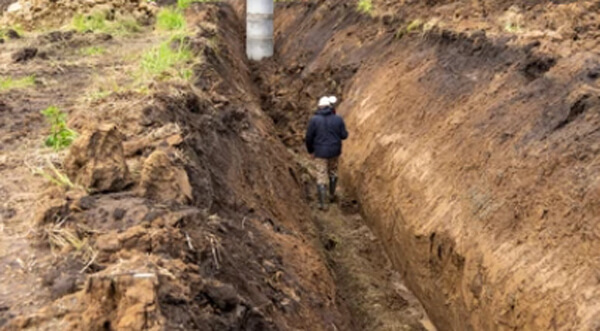
Backfilling is the process of refilling of soil into a trench or any excavated area. Backfilling material can be reusing of the excavated soil or replacing the excavated soil.
The backfill material should be able to support and protect the structural foundation and strengthen the structure. There can be a lot of different soil material used for backfilling which depends on the design requirement.
Contents
How to Calculate Backfill For a Trench
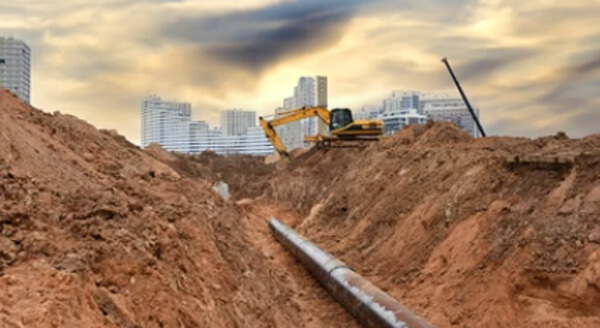
Trenches are excavated in a way that the depth is greater than its width. Trenches are designed to be narrow for the purpose of laying of underground pipes for electrical, plumbing whether for drainage or sewer and even for telephone wires.
Trenches are determined by their shapes according to its purposes and the soil type. Some of the different trench types are straight, sloped, benched and bell-bottom pier hole wherein these types have different purposes.
To calculate the amount of backfill for the trench first know your measurements of your trench type. Measure and record the length. After doing so, measure and record the width and the depth from different points in equally space interval until the end. After measuring, calculate the average width and depth from the measurements taken.
After having your length and average width and depth, calculate the volume of your trench. Convert measurements if necessary according to how it is purchased.
What Do You Backfill a Trench With
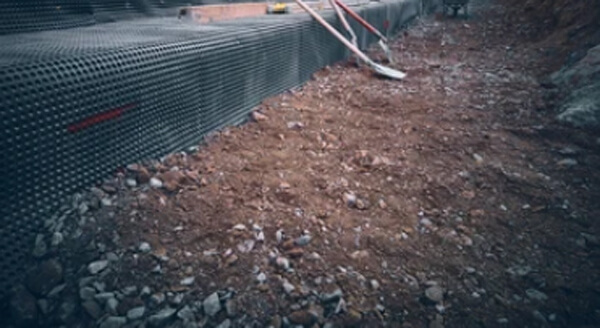
Backfill material can be classified grade of which the most common examples are sand, gravel, clay stone and topsoil. These material will be decided according to the design requirement of the backfill material to support the structure.
- Coarse-grade Soils
These are gravelly and sandy type of soil and ranges from clayey sands to high quality gravel-sand mixture. Coarse-grade soil are the most popular because it has high quality properties and exhibits slight to no plasticity. These type of soil are easy to compact and provides a good support for the foundation.
- Fine-grade Soils
These are the organic clays, fine sands, inorganic slits. These materials have a property of low to medium plasticity. They are relatively impervious and can be compacted fairly using a heavy duty compaction material and is considered as a good stable backfill.
- Rocks
Rocks can be suitable as a backfill material considering its hardness and gradation. Since rocks are bigger in sizes, before using as a backfill material, hard rocks will undergo a crusher process to ensure that it passes the requirement as a cohesionless material.
To ensure that it passes the design requirement, the bearing capacity of the backfill material should be determined. The sample will undergo field test to determine if it is applicable to be used as a backfill material.
How to Backfill a Trench By Hand
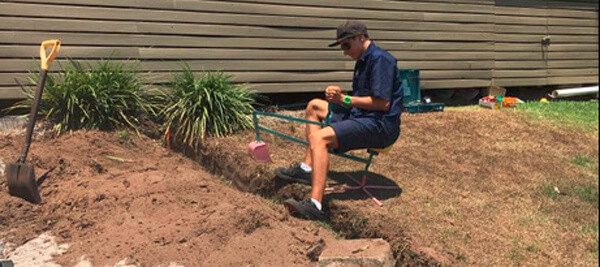
Backfilling a trench without the use of mechanized tools may take time but is possible. First, you need to fill the trench with backfill material using a shovel. Make sure that you spread it evenly on the trench.
To make sure that it will be compacted well, fill the trench with a maximum depth of 6 inches. Now that you have fill in your trench, use a hand tamper tool and firmly press the backfill material until the backfill material is pressed down.
Repeat the process until you have arrived to the end of the entire length of your trench. Once done, continue filling in your trench and repeat the process of compacting your backfill material until evenly distributed.
Make sure that the entire trench length and depth are filled in.
How to Backfill a Trench With a Backhoe
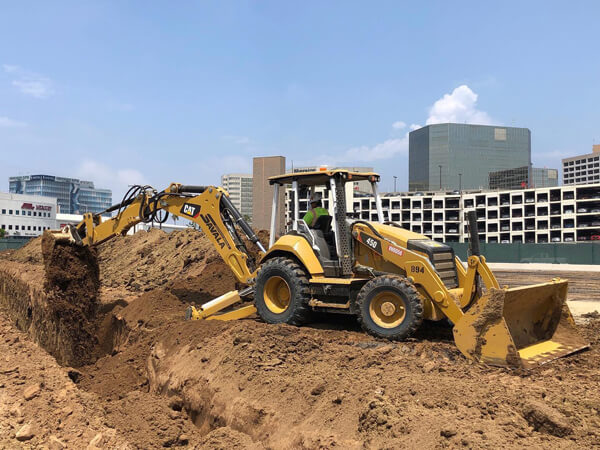
In backfilling a trench using a backhoe, there can be precautions that needs to be followed to ensure safety and efficiency of work. Trenches should be cleared of debris and unsatisfactory materials prior to backfilling.
Backfill material should not be excessive of weight because of water content to ensure that it will be compacted well and cannot damages the pipes underneath.
Now for the backfilling using a backhoe, these are the techniques in doing so. The backhoe operator must use a continuous and smooth movement in pushing the backfill material towards the trench. Avoid putting too much pressure directly as it can cause damages on the pipes underneath.
Another is always keep the bucket moving during the swing motion as it can activate the hydraulic oil pressure that allows to bypass the swing cylinders and go directly to the reservoir tank. With this, to avoid overheating, keep the boom moving during the swing motion.
Lastly, keep the swing close to the backhoe loader and do not use the bucket to push the backfill material.
How to Backfill a Trench With an Excavator
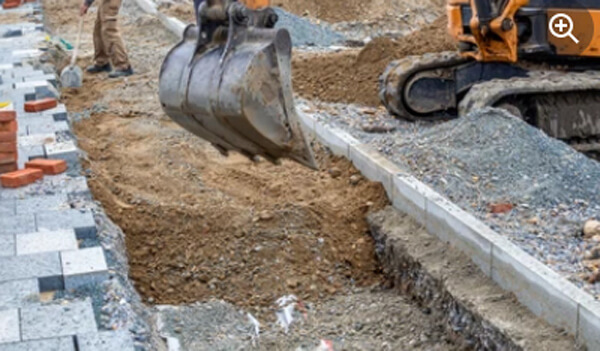
Excavator can be used during the trenching but can also be used in loading. There are several techniques in using the excavator during the loading of backfill material but first the operator should be knowledgeable with the excavator’s capacity.
Now that you have known your bucket’s capacity, know the trench volume to know how much to fill the trench.
How to Properly Backfill a Trench
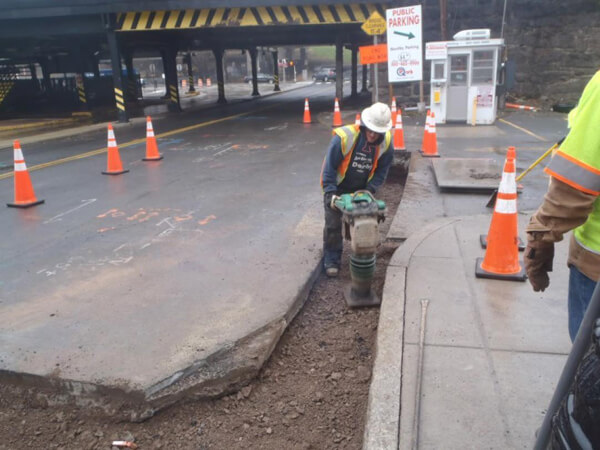
Before proceeding with backfilling works, make sure that everything is laid down on the trench or any structural members have cured. Once cured, make sure that no ponding of water is present on your trench. Drain the water and keep the area clean and free from foreign materials that can affect the stability of your trench.
Now with the backfilling, make sure that your backfill material passed the structural requirements and test to make sure that the properties of the soil is the right one to be used as a backfill.
Next, during the backfilling, make sure to fill in by layers and compact evenly. Repeat process until all the trench depth and width are filled with backfill material and are compacted well.
Lastly, sprinkle with water to ensure that the backfill material will be stable and intact.
How to Backfill a Water Line Trench
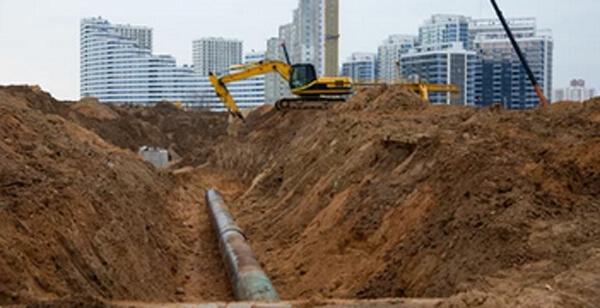
Before backfilling a waterline trench, make sure that the pipe has a proper bedding to ensure that no damages or cracks may happen during the backfilling.
Now, remove all excess water and make sure that the area is clean and free from other dirt.
Next, make sure that the bottom has the proper foundation adequate for the pipe to sit on.
Third, use the right bedding material like sand to support the pipes. After doing so, compact the material. Fill in the gaps in layer and compact as you go along the entire depth of the water line trench.
Repeat process until all the trench depth and width are filled with backfill material and are compacted well. You can water the area after backfilling to ensure that the backfill material are intact.
How Do You Backfill Deep Trenches
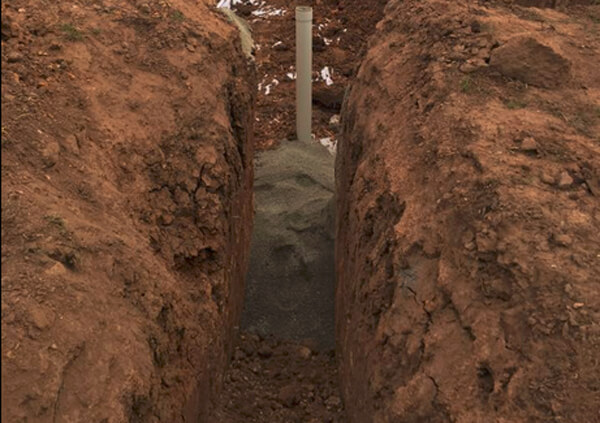
Backfilling deep trenches depends on the structural design to ensure stability of the trench. For some instances, the lower portion should be filled with bedding material that are approved and the right material to be used with maximum depth of 6 inches and must be compacted well.
After doing so, do the right way of compacting trenches. Drain the water and keep the area clean and free from foreign materials that can affect the stability of your trench.
Now with the backfilling, make sure that your backfill material passed the structural requirements and test to make sure that the properties of the soil is the right one to be used as a backfill.
Next, during the backfilling, make sure to fill in by layers and compact evenly. Repeat process until all the trench depth and width are filled with backfill material and are compacted well.
Lastly, sprinkle with water to ensure that the backfill material will be stable and intact.
How Long Does It Take to Backfill a Concrete Trench
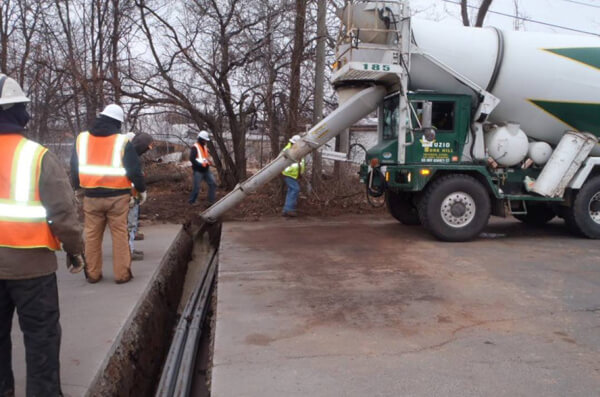
For concrete trenches, make sure that the concrete has cured. The backfill material should not significantly affect or cause the structural deterioration or cracks on the concrete trenches.
Though some contractors would not necessary wait for 28 days to achieve the foundation’s full design strength or complete hardness, it is safe to wait up to a week or at least 75% of the strength is fulfilled, considering that it is within ideal site temperature condition.
Curing of the concrete trench is an essential process and should not be hurried for the backfilling process as it imposes and a controlling factor whether the structure will be in its designed stability.
Conclusion
Backfilling of trenches can be done in different techniques which are jetting, filling, dumping and compaction. The objective of these techniques is to make sure that the backfill material is compacted well as to not further settle over time.
Make sure that the operators are professional and has undergo necessary training as well as when using hand tools, make sure do to it in layers and apply firm pressure evenly in the entire length of the trench.
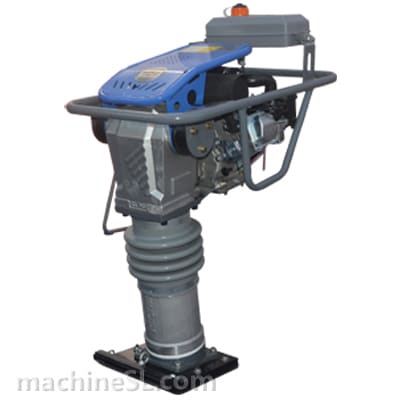
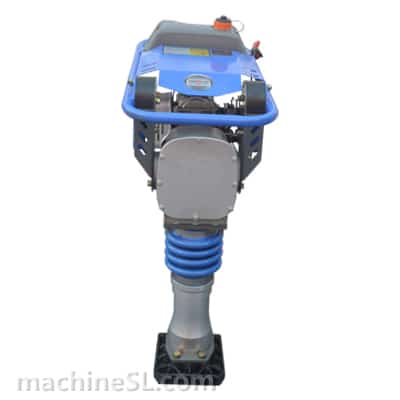
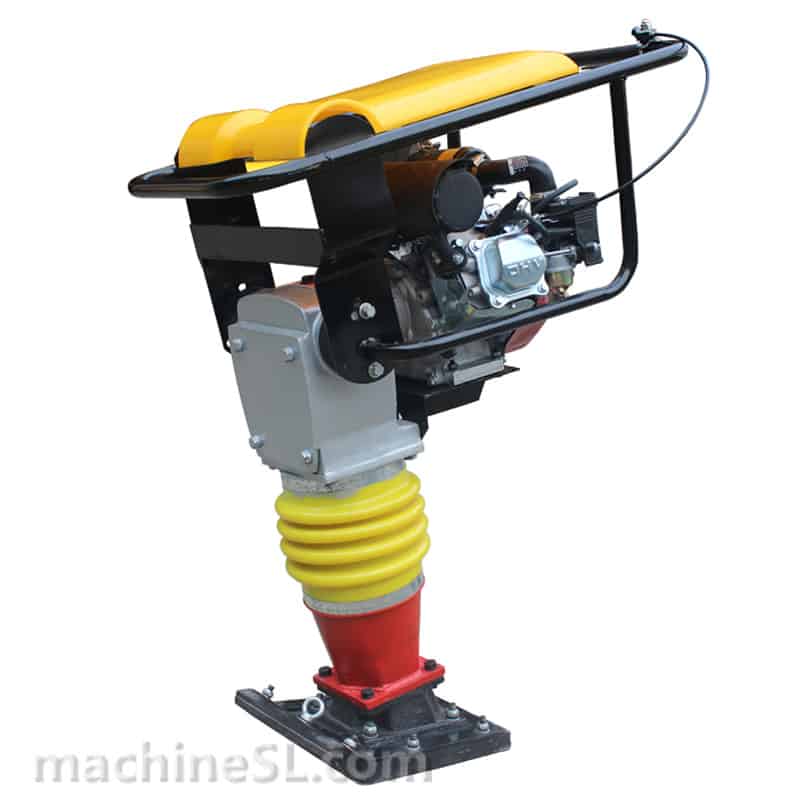
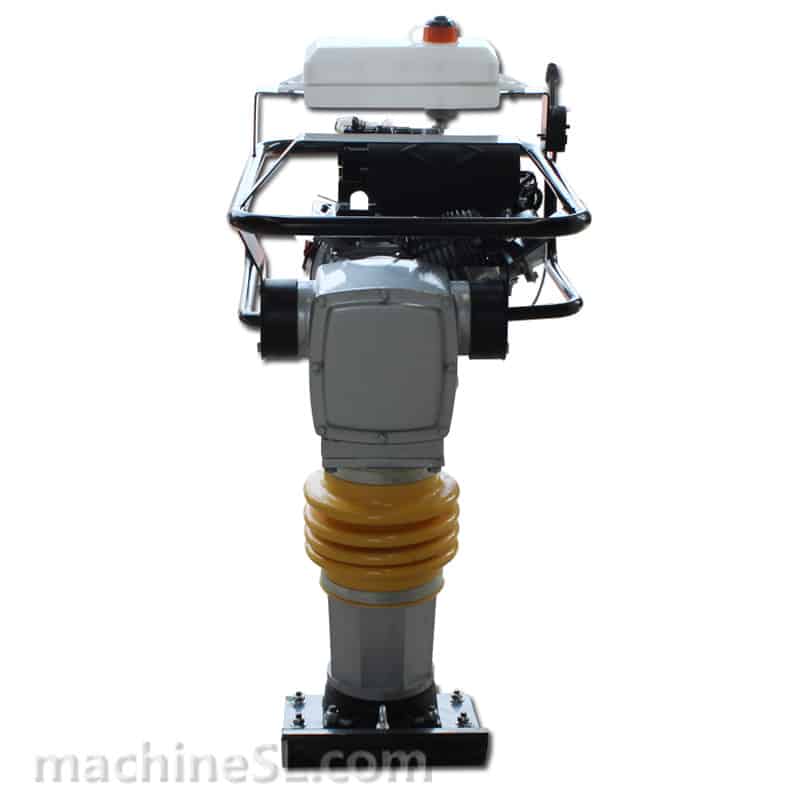
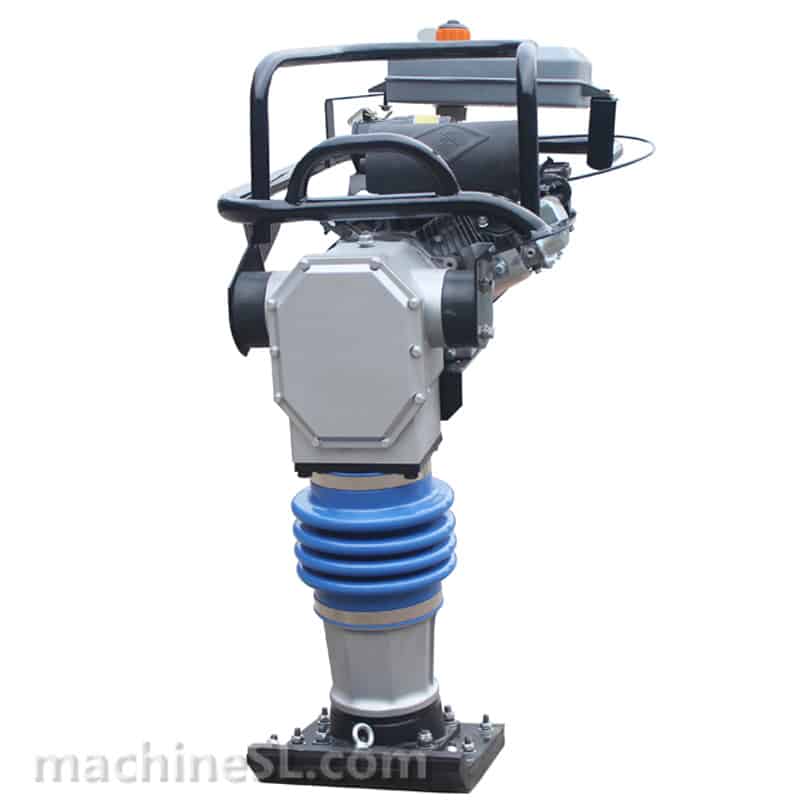
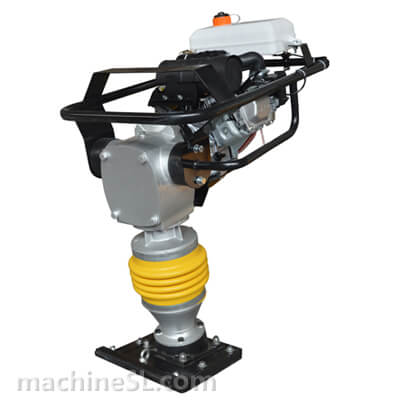
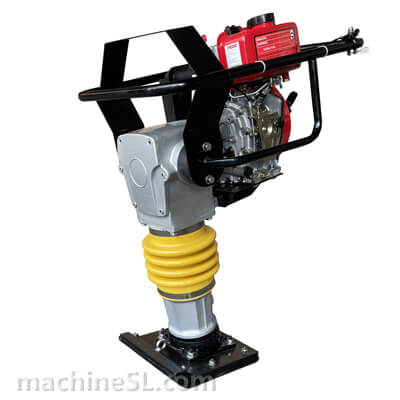
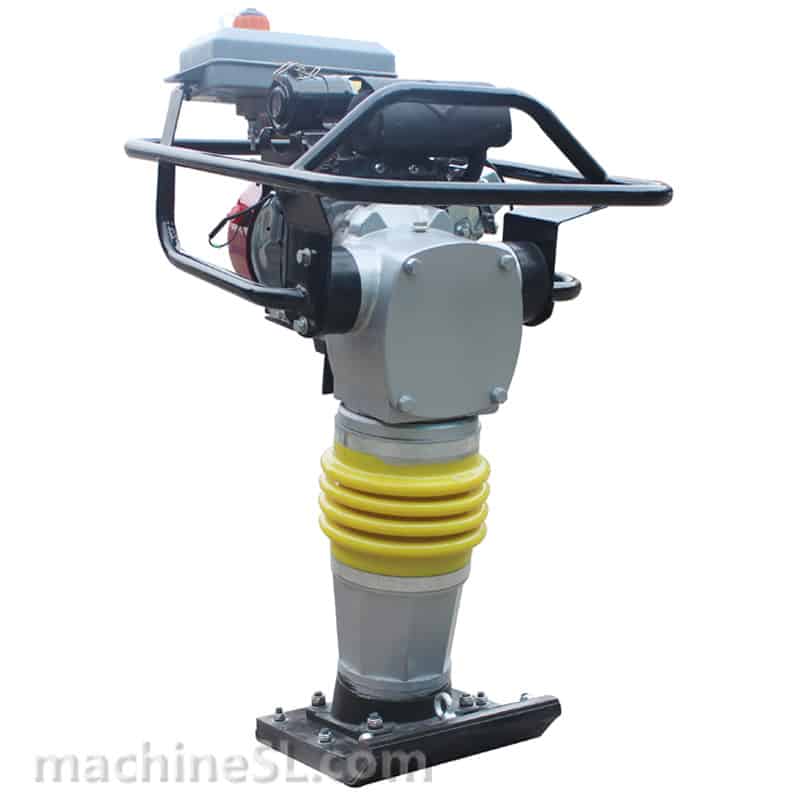
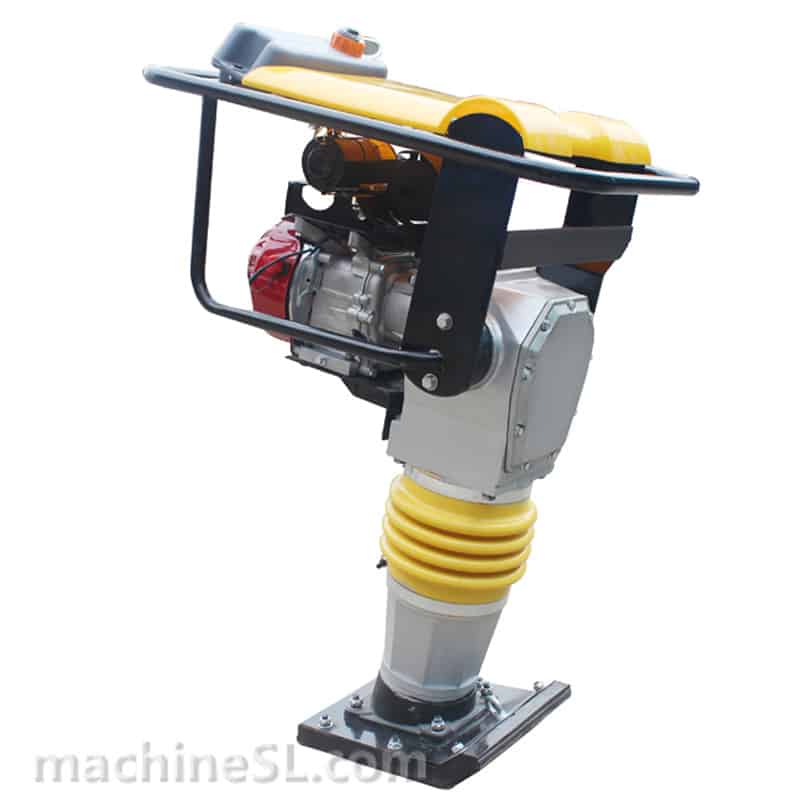
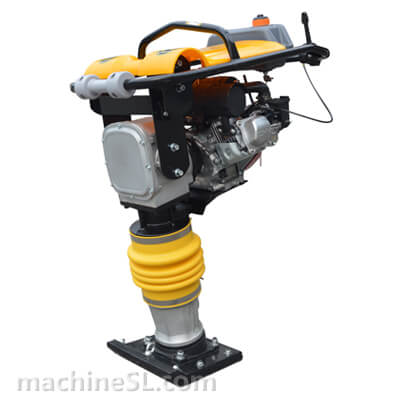
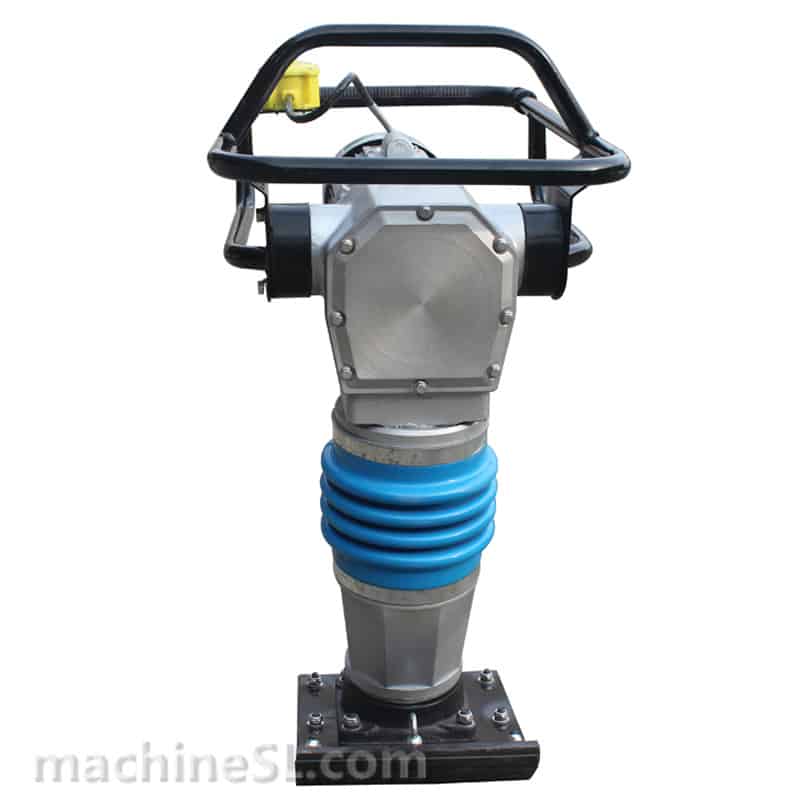
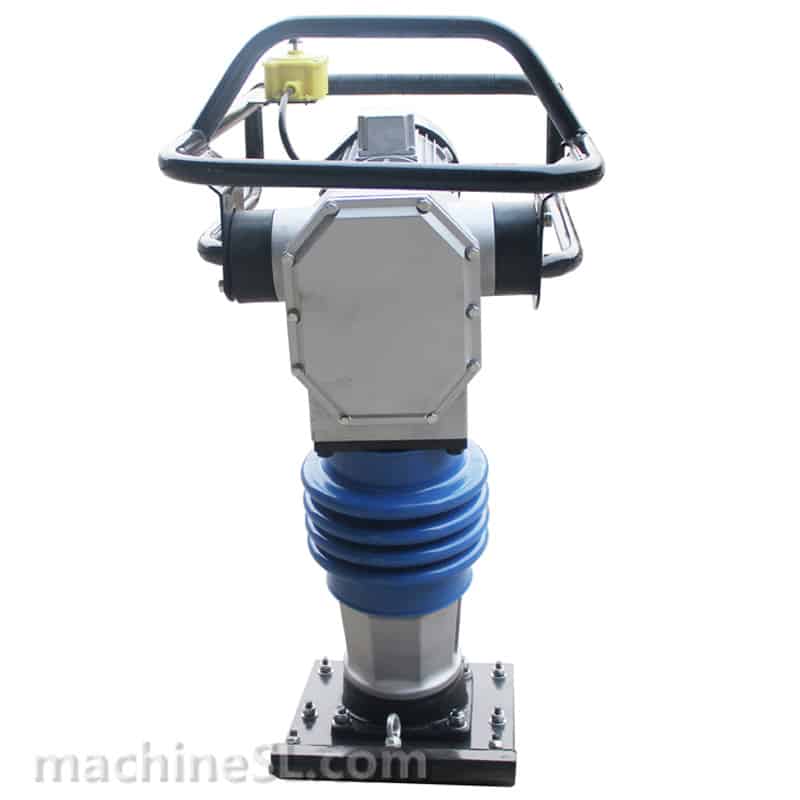
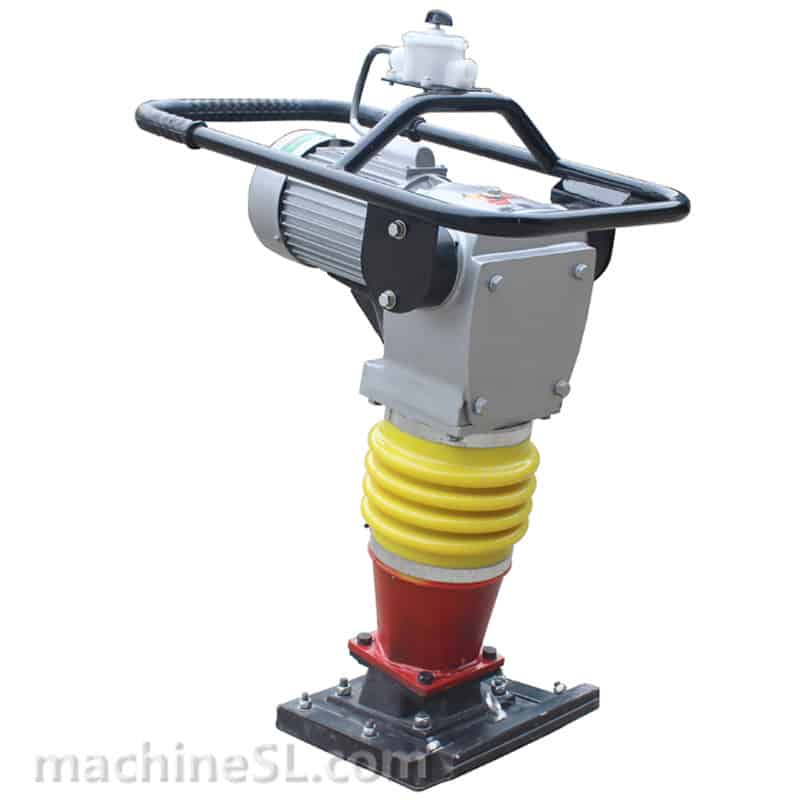
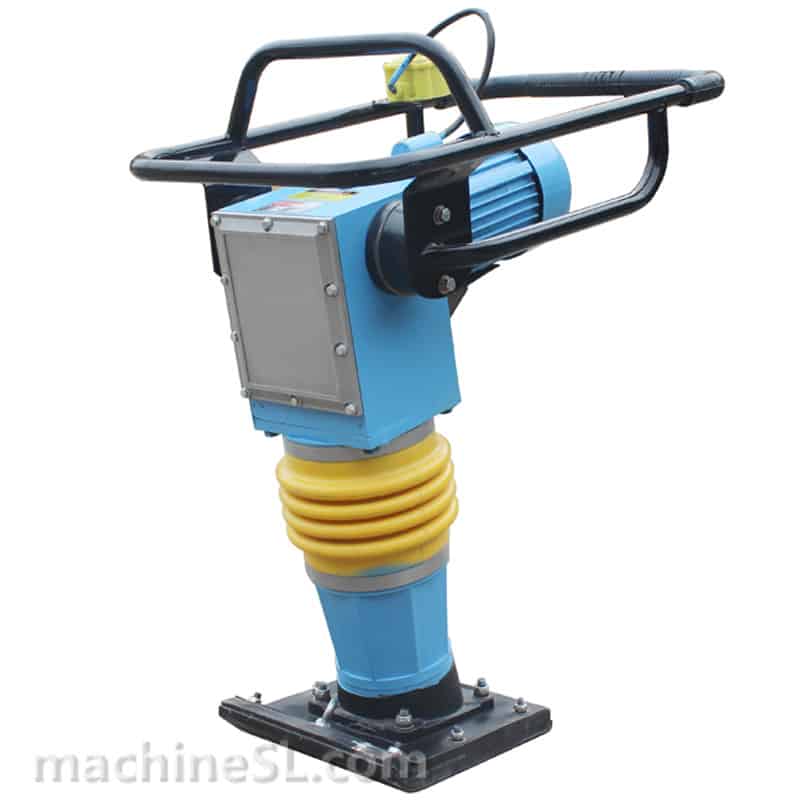
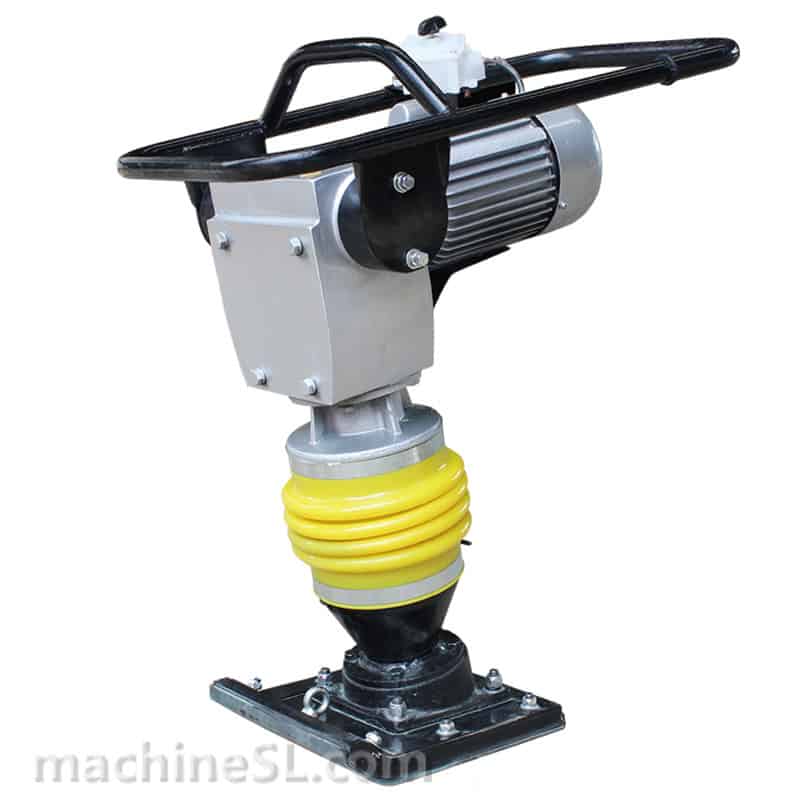
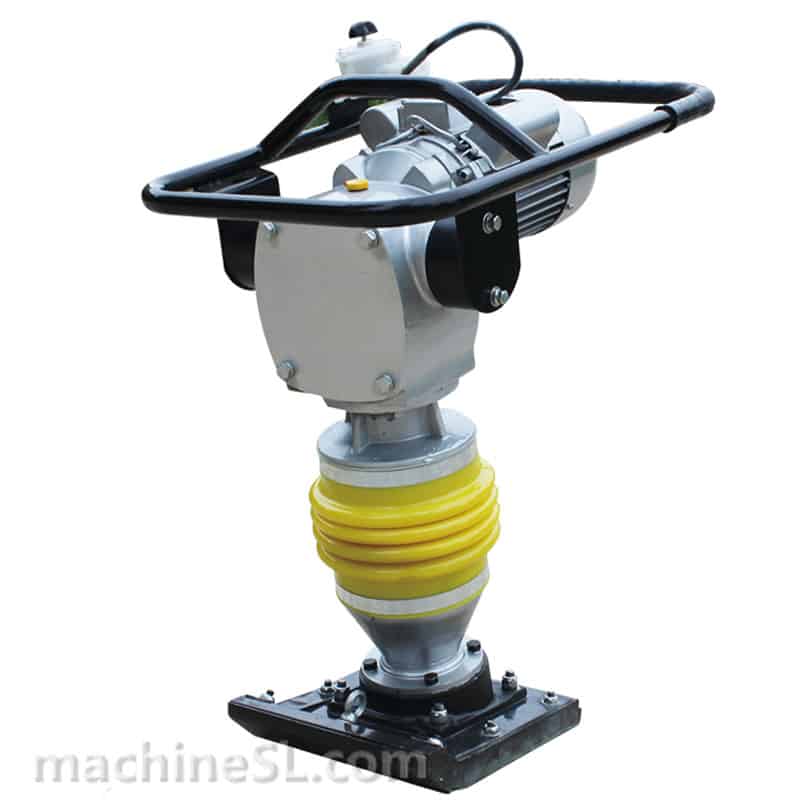
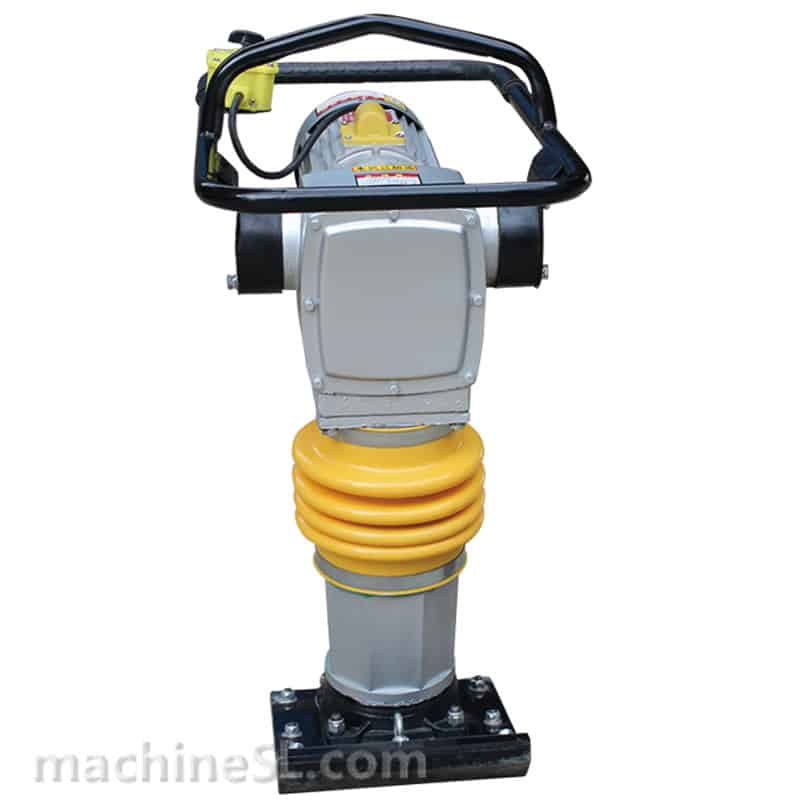
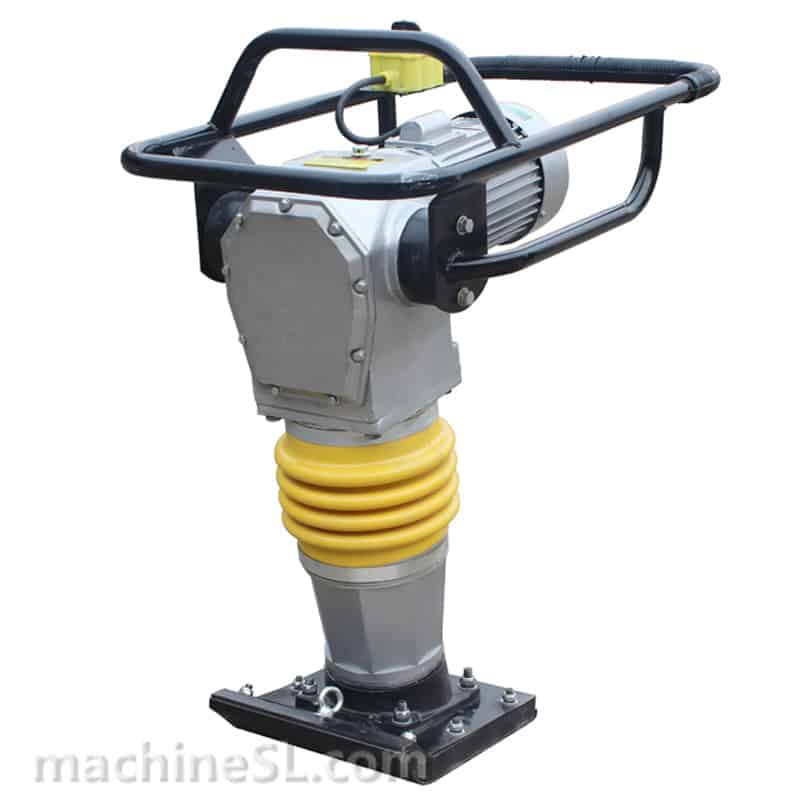
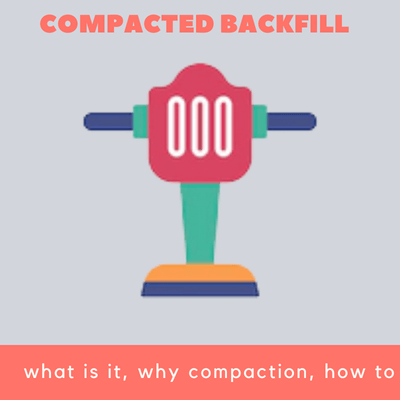
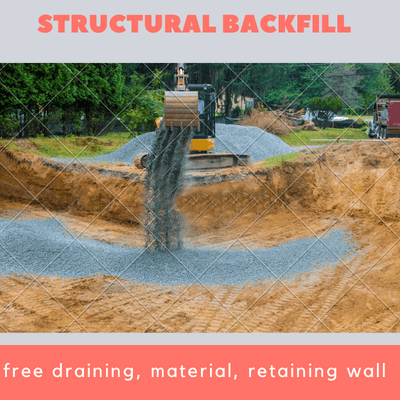
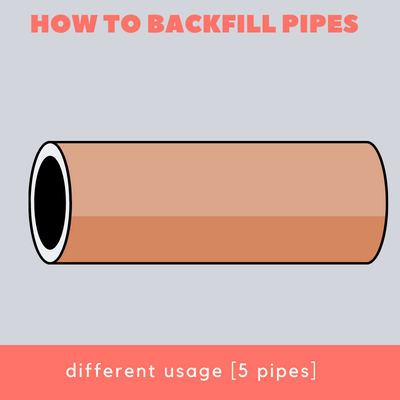
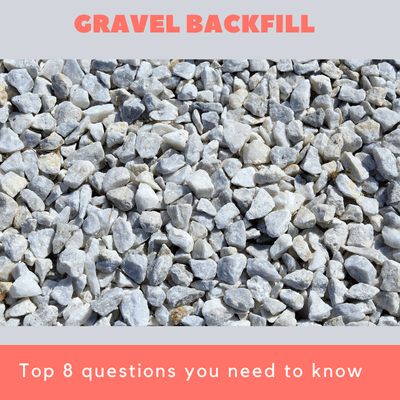
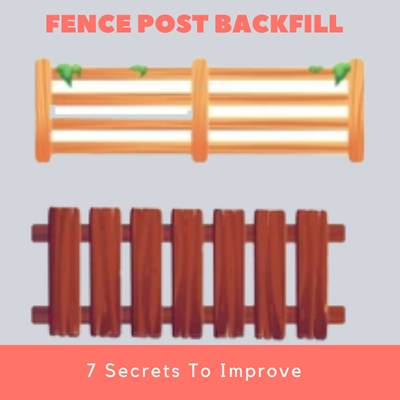
Leave A Comment